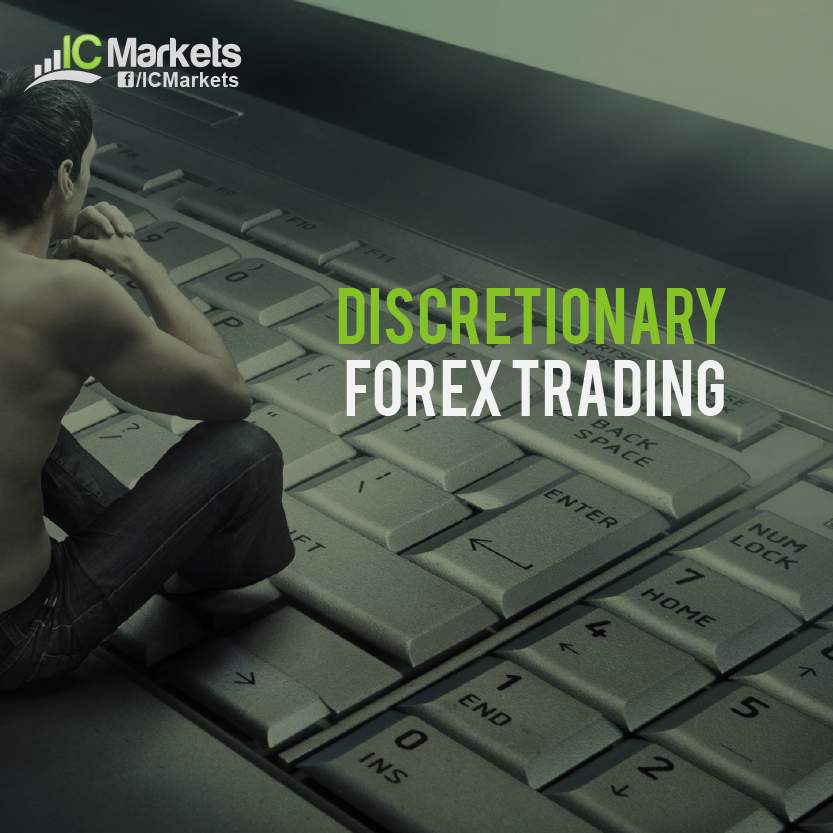On the other end of the spectrum from mechanical forex systems is discretionary trading, which mostly involves trading based on fundamental biases or market sentiment. This can comprise trading around news releases or using monetary policy expectations without much reliance on technical indicators.
Proponents of purely discretionary forex trading believe that price changes are determined mostly by fundamental factors, which influence interest rates and supply and demand for a particular currency. After all, as discussed in the fundamental analysis section, expectations of higher returns tend to boost demand and value of a currency.
This kind of trading style appeals to those who are well-versed in economics, as they understand the dynamics of the ebb and flow of price action. They are able to look into GDP figures or inflation data and determine whether or not this could lead to currency appreciation or not. Discretionary traders tend to monitor trends in economic figures, as well as political or environmental news that could affect currency movement.
Some discretionary traders also watch forex positioning reports in order to gauge market sentiment for a particular currency. These kinds of information can be found in the CFTC Commitments of Traders Report, which tracks changes in net long and short positions on a weekly basis. From these, discretionary traders are able to pinpoint market tops and bottoms then predict potential reversals. They can also be able to determine if trends will continue for the longer-run based on these positioning data.
The common drawback to a purely discretionary approach to trading is that it can be very subjective. Most of the price predictions can be based on whether a trader thinks that price will go up or down, with very little regard for actual levels during which trends might turn or reversals might start. Because of that, traders who favor discretionary trading still tend to add a few technical components to their trade plans.
Another factor that can make discretionary trading challenging is the impact of human emotions in decision-making. Since this trading approach relies mostly on biases, it could easily be clouded by negative thought patterns or confirmation bias. After all, when a trader feels very strongly biased about a particular currency behavior, he might be zoomed in on the data that simply confirms these biases and wind up being blinded to those that don’t.
This kind of trading approach can be applied to the long-term and short-term time frames, as those who trade around news releases might watch the minute charts while those who base their positions on longer-term fundamental biases could rely on daily or weekly charts. Either way, it takes an experienced trader who has a thorough understanding of economics to profit mostly based on a purely discretionary approach.
If you think this trading style suits you, try executing trades on a demo account first to ensure that you are in sync with the markets and that you are able to understand how fundamental biases drive forex price action. If you feel that you need a little more confirmation before taking trades, it wouldn’t hurt to add some technical indicators or to watch chart patterns before entering any setups. As always, you have to be able to figure out a system that works well for you and that you are comfortable using.





